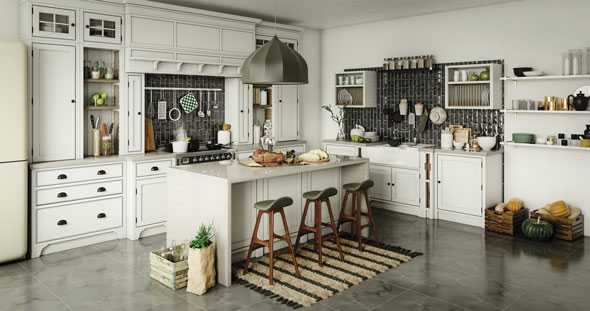6 interior design mistakes you should avoid
July 22, 2024
When it comes to interior design, there aren’t any rules, per se, but there are a few suggestions that homeowners can take into account when designing or redesigning their homes. Interestingly, when we’re online, we’re bombarded with many trends and “must-have” decor that we’re being told to try in our spaces. Yet, we’re rarely given as much intel on what design, decor and decorations to avoid in return. Design errors can be expensive, so I’ve broken down some of the most common design mistakes I’ve seen (or heard of) in my career and how you can avoid them in your interior designs.
Not measuring a room
This is a cardinal rule because it forces us not to make design decisions too spontaneously (such as buying furniture that is either too big or small for a room). Before making a purchase, I implore you to gather the dimensions of each piece first. Never rely on your eye to measure a space (it seldom works). Measure every nook and cranny in a room and map out your area (patiently) before committing to anything.


Too much furniture
Just having the space does not mean you need to fill it up with furniture. It makes a room feel cluttered, but it can be impractical, too. Filling a room with an overabundance of furniture, as well as accessories, can make the space feel much smaller and less functional. One easy tip: Take stock of a room you use most often in your home – such as a living room – and question which pieces you use and don’t serve a purpose beyond aesthetic appeal. Any pieces that seem redundant, sell or donate. You want the space to be comfortable and spacious, and that requires, well, space. Too much furniture has the opposite effect.
Choosing the wrong rug size
I love the transformational nature of rugs. They can create interest and beauty, and there are so many price points available that you can find the right price for you. It can be tricky knowing the right size of rug for your space. There are some general failsafe rules I’ve followed for years: Living rooms almost always need a carpet that’s either eight-by-10 or nine-by-12 ft. Anything smaller, and it looks awkward and out of place. A rug should be big enough to fit (at least) two chairs or couch legs on it. Alternatively, you can go smaller in functional spaces, such as a kitchen, providing it serves the right purpose. A small rug under bar stools creates a more inviting space to sit.


Forgetting lighting
It’s surprising how little homeowners invest in thinking about lighting, and it’s one of the essential functions in a space to give ambiance and overall comfort. My advice? Don’t opt for a singular light in one room and think you’re done – it’s jarring when light is washed over you from overhead. It’s unflattering and can give the feel of an interrogation room at times. Instead, try to layer your lighting. That means that you decide on your central lighting – for your kitchen worktops, mirrors in your bathrooms, or light above your dining table. Then the idea is that you build around that with smaller lighting options, which sets the right vibe and creates that ambiance I speak of. The possibilities are endless: Table lamps, string lights, small pendants, anything that will highlight the areas in the room that may require some warmth. And don’t forget candles. They’re the most affordable and romantic way to set the mood.
Taking trends too seriously
We’re bombarded online and via social platforms with seasonal design and decor trends, such as palm prints and wicker furniture. It’s easy to get caught up in the fray and incorporate some of those fun and unique looks into our own homes. Remember: Trends are fleeting, and you don’t want to drain your budget with items that won’t stand the test of time. Never make a design decision flippantly. I always tell people that they need to live in their space before making big purchasing decisions, whether it’s a couch, bed or dining room table. You need to exist in your space to get a sense of how you live in it, and then you can decide what pieces fit your lifestyle and design aesthetic the best.
Not investing in quality furniture
One important rule to remember – quality outweighs quantity. While it’s a challenge to live with less furniture, investing in high-quality pieces means they could potentially last a lifetime, and more significantly, they won’t go out of style. Take your time and shop with a critical eye. Buy the highest quality you can afford, and if you can’t at that exact moment, create a budget plan that means you can for the future. It may take six months to get that beautiful, oversized couch you’ve been eyeing, but it’s surely worth the wait once you have it.